Not surprisingly, one of the most common questions new and would-be campers have is how and where do you pee and poop while camping?
Well, camping toilet facilities can range from the exquisite to the primitive, from flush toilets to basically a hole in the ground.
If you need specific toilet requirements, it’s best to find out what’s available before heading out. You really don’t want any surprises when you “got-to-go”.
So, let discuss all the ways you can go to the bathroom while camping.
Article Contents:
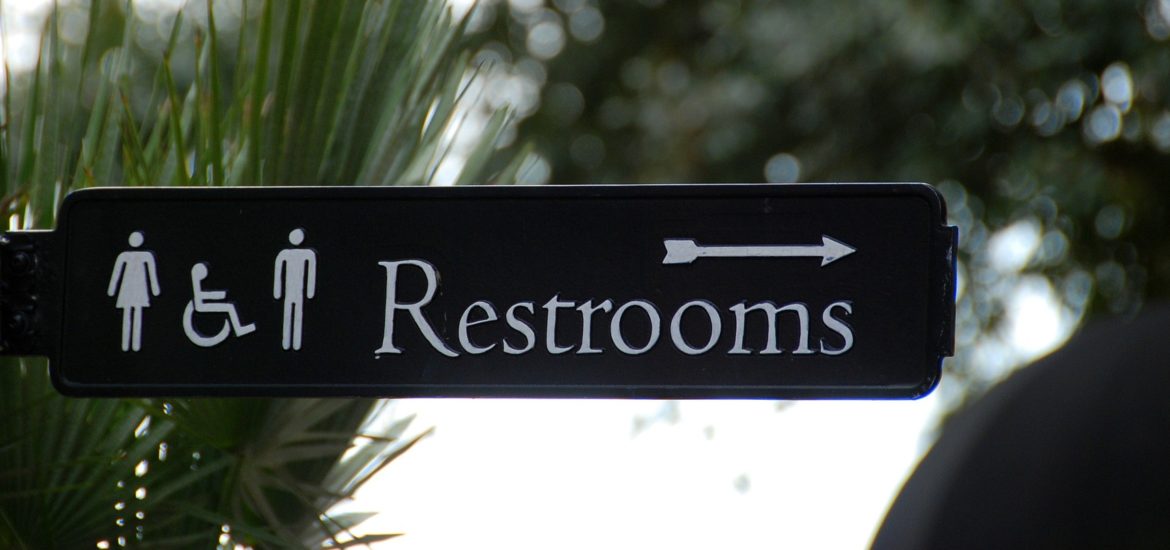
3 Different Camping Toilet Facilities Explained
Camping toilet facilities can vary dramatically depending on where you end up camping and the type of camping you want to enjoy.
Generally, there are 3 types of toilet facilities available to campers at most campsites – modern facilities, outhouse style shacks, and backcountry toilets.
Let’s explore the amenities, or lack-there-of, for all three options.
1. Modern “Full-Service” Toilet Facilities
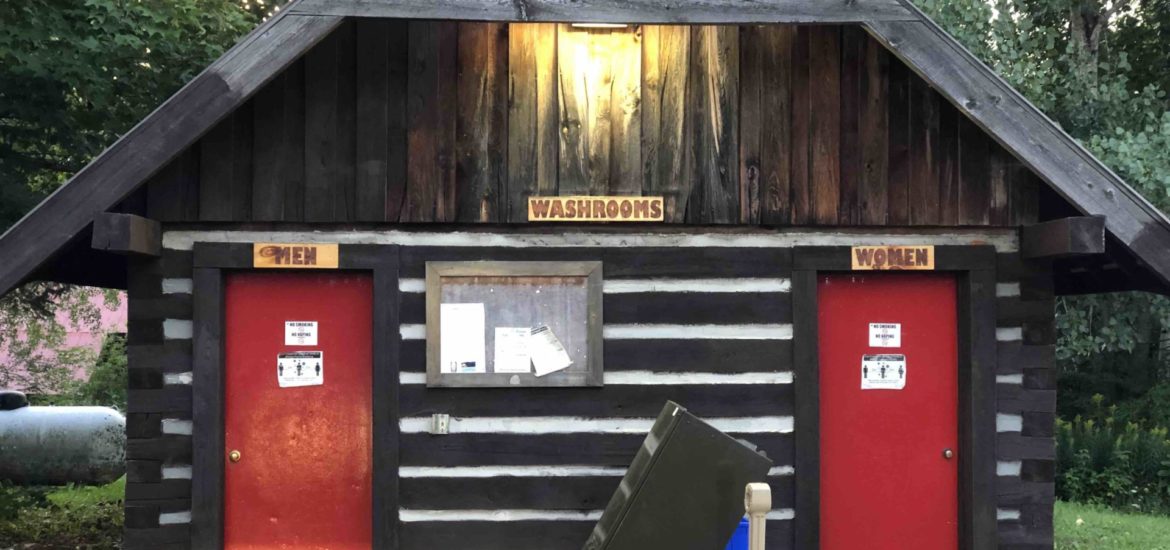
Most car camping sites and developed campgrounds typically have modern toilet facilities, with designated male and female restrooms.
Just like your bathroom at home, these “full-service” facilities typically include flushing toilets, urinals, running water (potentially cold and hot) for hand washing, ventilation, and lighting.
They are usually serviced by cleaning staff daily. Toilet paper is usually provided, the floors are cleaned, and surfaces are disinfected regularly.
Some bathrooms are also wheelchair accessible and equipped for special needs persons, with larger stalls, hand rails and low sinks.
For those worried about going to the bathroom, you’ll have no problems at one of these facilities!
2. Outhouse Style Toilets
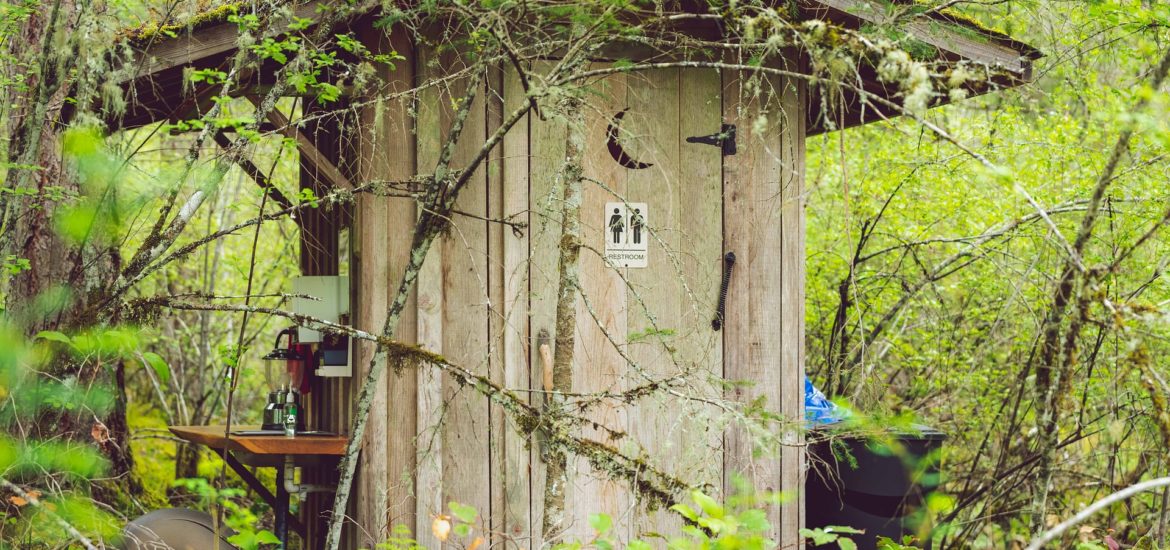
In some instances, car camping sites and campgrounds located in remote regions may only offer outhouse style bathroom facilities.
An outhouse is an enclosed area around a non-flushing toilet. These toilets are located above a hole dug down into the ground to collect human excrement and toilet paper.
Typically, outhouses do not include toilet paper or running water for hand washing. And, they typically do not have electricity so there is no lighting.
So, if you need to use an outhouse, make sure you bring your own toilet paper, water or hand sanitizer for hand washing, and a headlamp [check out my article on the Top 3 Best Sport Headlamps]. or flashlight to see.
Outhouses are typically located a short distance from campsites. This is to prevent any odors from wafting into the campsite.
They are also located far from bodies of water to prevent contaminating the groundwater or seeping into the environment.
3. Backcountry Toilets (aka “Thunder-box”)
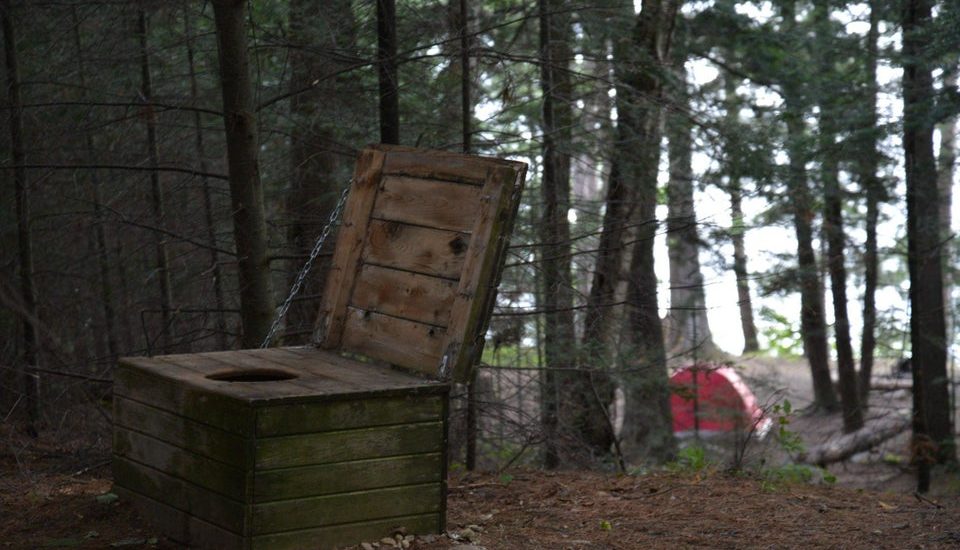
In the backcountry, some designated campsites include a backcountry toilet, also known as a “thunder-box”.
These toilets are similar to outhouse toilets, but with one significant difference… they DO NOT include an enclosure for privacy!
Typically, backcountry toilets are shaped like a box with a lid on a hinge. There is a large opening to sit over and once you’re finished you’ll need to close the lid.
There’s no protection from rain or wind, so you’re fully exposed to the outside world (literally).
Similar to outhouses, backcountry toilets are located away from bodies of water and not too distant from the campsite itself.
Once again, you’ll need to bring toilet paper, a headlamp, and perhaps bugs spray to poop in peace.
Scoop and Poop (Cathole) Method While Camping or Hiking
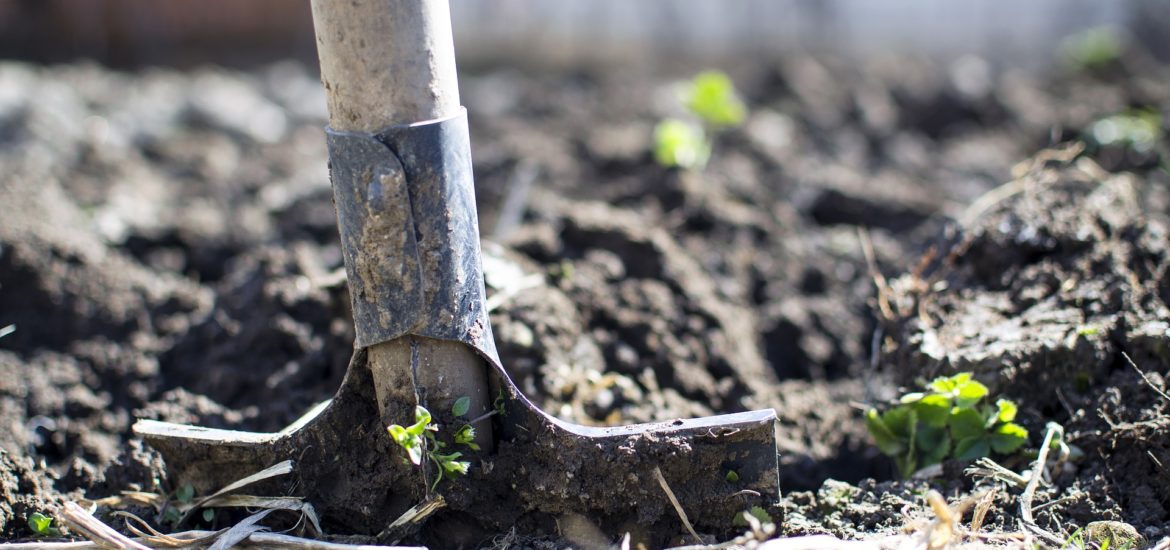
When you are backcountry camping at non-designated sites, backpacking, or hiking, there may be instances when there are no “established” toilet facilities nearby.
So, what’s the protocol for pooping?
Well, this is when you’ll need to adopt the primitive technique of “scoop and poop” which is more formally known as the “cathole” method.
As the name implies, individuals need to dig a hole, poop into that hole, and then cover it up. This method preserves the “leave no trace” mentality when it comes to outdoor recreation.
It’s critical that you follow these 5 steps for pooping in the woods:
- Select a spot at least 50 meters away from any major paths, campsites, and water ways
- Using a small shovel or stick, dig a hole approximately 6 inches wide and 8 inches deep. Keep the dug soil nearby
- Pop a squat and poop directly into the hole
- Only biodegradable toilet paper can be deposited into the hole. Regular toilet paper must be packed out with you.
- Cover the hole with the dirt before leaving
Micro-organisms in the ground can then slowly breakdown human waste and redistribute nutrients back into the environment safely.
Pro-tip: In alpine regions, it might be necessary to set up a portable latrine and pack out any excrement since the ground can be rocky and barren of soil.
Peeing in the Woods
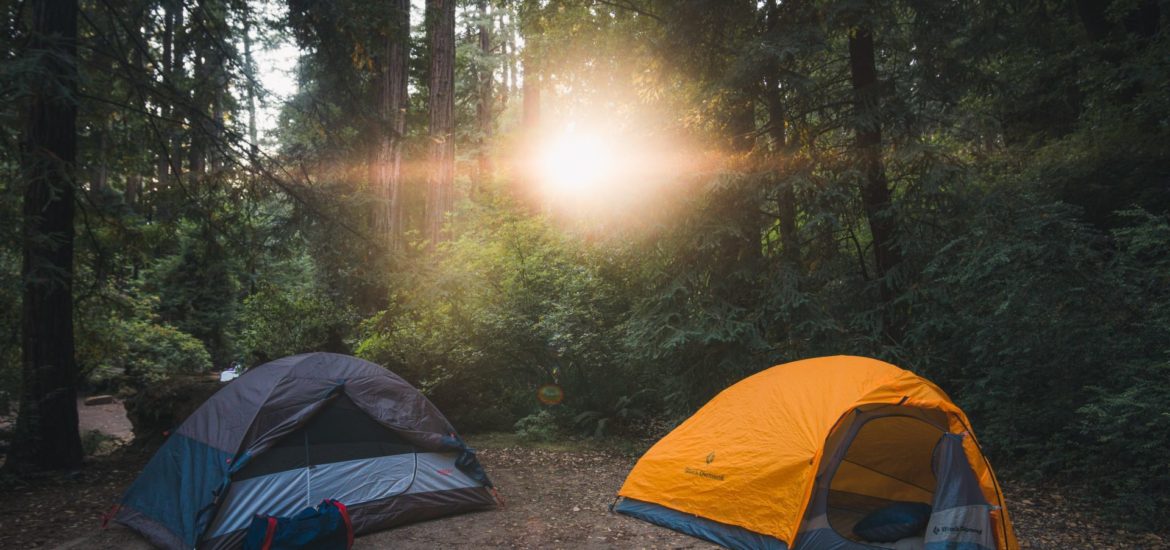
When it comes to urinating in the woods, the rules are a bit more relaxed. Urine is primarily comprised of water so it can soak into the ground quickly, and urine typically contains less human pathogens.
So, is it okay to pee in the woods while camping or hiking?
Yes, it’s generally acceptable to pee in the woods, and not into a dedicated toilet or cathole.
However, it’s best to follow a few guidelines when peeing from a hygienic and contamination perspective:
- Pee at least 50 meters away from bodies of water
- Do not pee directly on walking trails
- Do not pee within your campsite area, instead walk into the surrounding area to relieve yourself
- Try not to pee in the exact same area twice
Pro-tip: Consider keeping a labeled pee bottle in your tent for peeing at night or for winter camping. Then, in the morning, pour out the contents!
This article contains affiliate links, which help support this blog at no cost to you!
